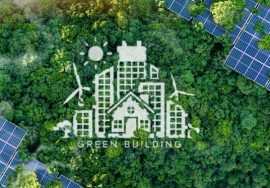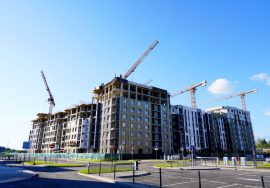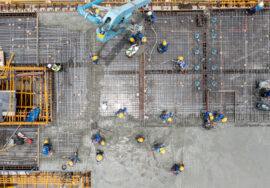The Future of Sustainable Construction: Trends and Innovations
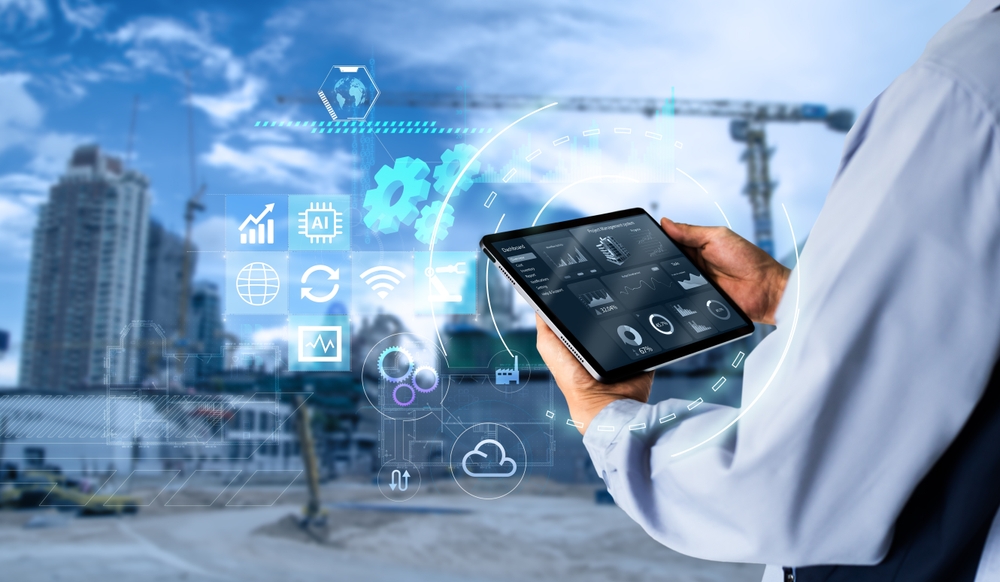
The construction industry is evolving rapidly as sustainability becomes a key focus in building practices worldwide. With the growing urgency to address climate change and resource depletion, new trends and innovations are shaping the future of sustainable construction. From cutting-edge technologies to eco-friendly materials, the industry is transitioning toward greener and more energy-efficient solutions.
Why Sustainable Construction Matters
Sustainable construction focuses on reducing the environmental impact of building practices while improving energy efficiency and resource use. Buildings account for nearly 40% of global carbon emissions, and conventional construction methods often lead to significant waste and pollution. As awareness of these issues grows, the industry is adopting more environmentally responsible approaches, benefiting both the planet and the economy.
Key Trends in Sustainable Construction
1. Green Building Certifications
Green building certifications like LEED (Leadership in Energy and Environmental Design) and BREEAM (Building Research Establishment Environmental Assessment Method) are setting the standard for eco-friendly construction. These certifications provide frameworks for achieving sustainability goals, from energy efficiency to waste reduction. Buildings with green certifications are not only environmentally friendly but also cost-effective in the long term, as they tend to have lower operational expenses.
2. Renewable Energy Integration
The integration of renewable energy sources is a growing trend in sustainable construction. Solar panels, wind turbines, and geothermal systems are increasingly being incorporated into building designs. These systems help reduce reliance on fossil fuels, lower energy costs, and contribute to a building’s overall sustainability. Some projects are even aiming for net-zero energy consumption, where the building generates as much energy as it consumes.
Learn more about how renewable energy is shaping sustainable construction in this article on solar energy in buildings.
3. Smart Building Technologies
Smart buildings utilize advanced technology to enhance sustainability and efficiency. Features such as automated lighting, HVAC systems, and energy monitoring tools help minimize energy consumption by adjusting to real-time conditions. These innovations can significantly reduce waste and lower a building’s carbon footprint, contributing to a more sustainable future.
Innovations Shaping Sustainable Construction
1. Eco-Friendly Materials
The use of eco-friendly materials is one of the most promising innovations in sustainable construction. Traditional materials like concrete and steel are being replaced with more sustainable alternatives, such as recycled materials, bamboo, and hempcrete. These materials reduce the overall environmental impact of construction and contribute to healthier, more energy-efficient buildings.
2. 3D Printing in Construction
3D printing technology is revolutionizing the way buildings are constructed. By printing components with high precision, 3D printing reduces material waste and speeds up the construction process. It also allows for more complex and sustainable designs that would be difficult or expensive to achieve through traditional methods. This technology is likely to play a major role in the future of sustainable construction.
3. Prefabricated and Modular Construction
Modular and prefabricated construction involves building components off-site and assembling them on-site. This method minimizes construction waste and reduces energy consumption. Additionally, modular construction can often lead to faster project completion times, making it a cost-effective and sustainable option for builders.
4. Water Conservation Systems
With growing concerns about water scarcity, buildings are increasingly incorporating water conservation systems. These include rainwater harvesting, greywater recycling, and low-flow fixtures to reduce water consumption. Such innovations are essential for minimizing the environmental impact of buildings, particularly in regions where water resources are limited.
For more insights into water-saving technologies in construction, check out this resource on water conservation systems.
Policy and Regulations Supporting Sustainable Construction
Governments around the world are playing a pivotal role in advancing sustainable construction by implementing building codes and regulations that encourage green practices. Incentives such as tax breaks and grants are also available for projects that prioritize sustainability. As regulations become stricter, construction companies are increasingly motivated to adopt eco-friendly building methods.
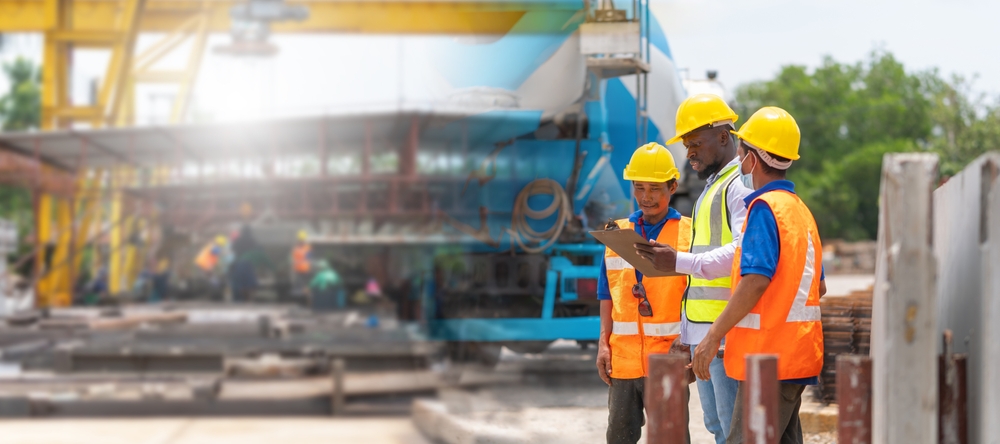
The Economic Benefits of Sustainable Construction
Beyond environmental advantages, sustainable construction offers significant economic benefits. Energy-efficient buildings reduce operational costs, and green-certified properties often have higher market value. Additionally, as consumers and investors prioritize sustainability, businesses that adopt eco-friendly practices are likely to see increased demand and profitability.
Conclusion
The future of sustainable construction is filled with exciting innovations and trends that promise to revolutionize the industry. From renewable energy integration to smart building technologies, the construction sector is rapidly moving toward more eco-friendly solutions. These trends not only help combat climate change but also offer economic benefits for builders and property owners. Embracing sustainable construction practices is essential for creating a greener, more sustainable future.
For further inquiries about sustainable construction, feel free to reach out via our contact page.
Read more related articles to enhance your knowledge and make informed decisions
10 Essential Steps in the Building Construction Process
How to Choose the Right Materials for Your Construction Project



